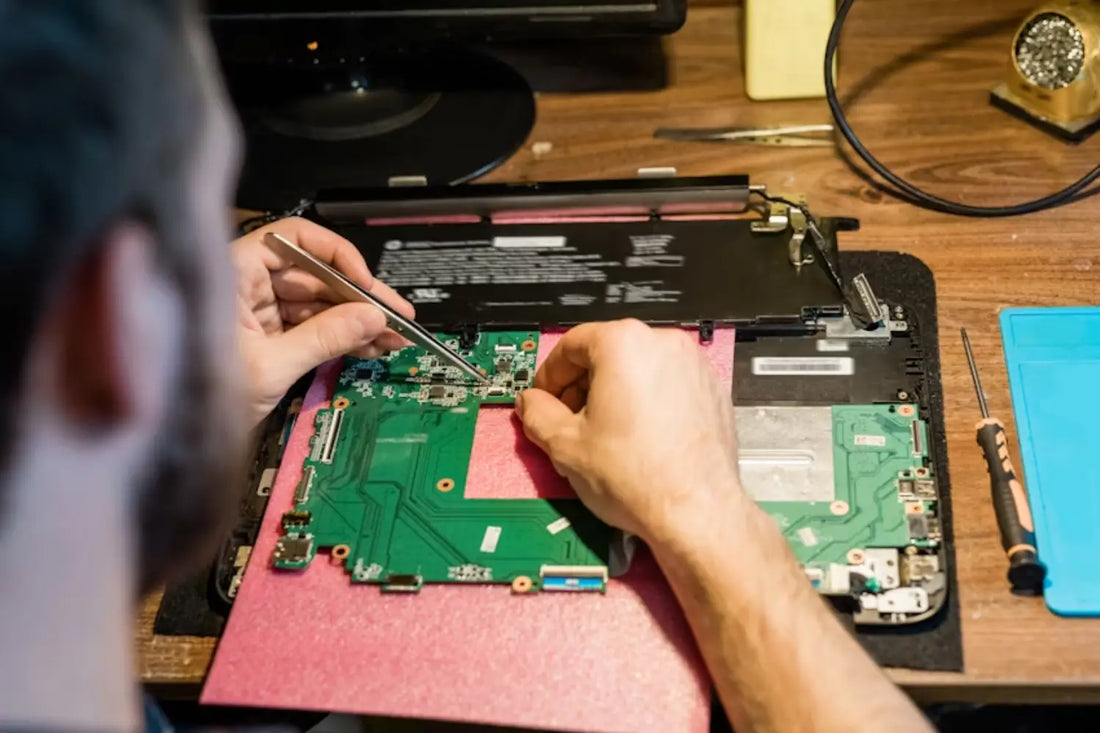
Diagnosing and Fixing Subtle PCB Issues in AC Servo Drives
Jitendra PatiPrinted circuit boards (PCBs) are at the heart of every servo drive. They manage key functions - signal processing, control logic, communication, and power regulation. When even minor faults occur on a PCB, performance begins to slip, and the entire drive system may fail. For industries where in-motion accuracy means productivity, these hidden faults can bring operations to a halt. This is why careful diagnostics and precision repair are essential. Many businesses now rely on specialised services for AC servo drive repair in Canada to minimise downtime and extend equipment life.
Common Subtle PCB Problems
Unlike obvious hardware failures, PCB issues are often subtle. They creep in slowly and are harder to detect. Some of the most common ones include:
· Hairline cracks in copper traces: These tiny breaks often occur due to repeated heat cycles or vibration.
· Cold solder joints: Weak or inconsistent soldering creates poor electrical connections, which may only cause intermittent failures.
· Electrolytic capacitor leakage: Capacitors dry out or leak, changing their values silently, until performance dips noticeably.
· Component drift: Over time, resistors and other components shift from their original values, affecting calibration.
· Surface contamination: Dust, oil residues, or moisture can form conductive paths, generating erratic behaviour.
Each of these problems may not shut down the drive immediately, but they compromise precision. Skilled technicians recognise these faint signals during repair.
Techniques for Diagnosing PCB Issues
Effective diagnosis requires both experience and the right tools. Skilled technicians use several strategies:
· Visual inspection under magnification: Catching faint cracks, discoloured components, or residual flux.
· Thermal imaging: Identifying hotspots caused by excessive resistance or faulty parts.
· Signal tracing with oscilloscopes: Following the path of signals to find drops or distortions.
· In-circuit testing: Checking each component without desoldering it, to save time and avoid extra damage.
· Functional testing: Comparing drive operation against expected outputs to isolate faulty PCB sections.
When done together, these methods help uncover issues that basic checks might miss, offering a more precise and reliable repair process.
Repair Solutions and Techniques
Once the faults are found, fixing requires accuracy. Repairs usually include re-soldering cracked or cold joints, bridging broken copper traces, replacing aged capacitors, or swapping out sensitive semiconductor components. Surface cleaning with specialised fluids ensures removed contaminants don’t cause future problems. In advanced cases, technicians may re-engineer part of the board circuitry to restore device performance. This high level of care is why professional AC servo drive repair in Canada stands out compared to quick patch jobs. The goal is not just to repair but to restore the drive so it can run reliably under tough industrial demands.
Why Professional Repair Services Matter
Modern servo drives are designed for precision, often working in robotics, CNC machines, packaging automation, and printing systems. Even small tolerance errors translate into major losses. Attempting DIY fixes or unqualified repairs puts both equipment and operations at risk. Professional repair experts bring experience, calibrated instruments, and access to quality replacement components. More importantly, they understand both the electronic and mechanical aspects of servo drive behaviour. For Canadian businesses, using trusted AC servo drive repair in Canada ensures compliance with industry standards and maximum uptime.
To Sum Up
Sometimes, it’s not the giant failures but the “whispers” of a circuit that create the loudest disruptions. A faint crack in a trace, a tired capacitor, or even a patch of dust can cause a chain reaction. The art of repairing servo drive PCBs lies in hearing those whispers and restoring the rhythm before the music stops. With expert attention, what seems like a minor detail can be the very thing that keeps entire machines moving, accurate, and productive.
